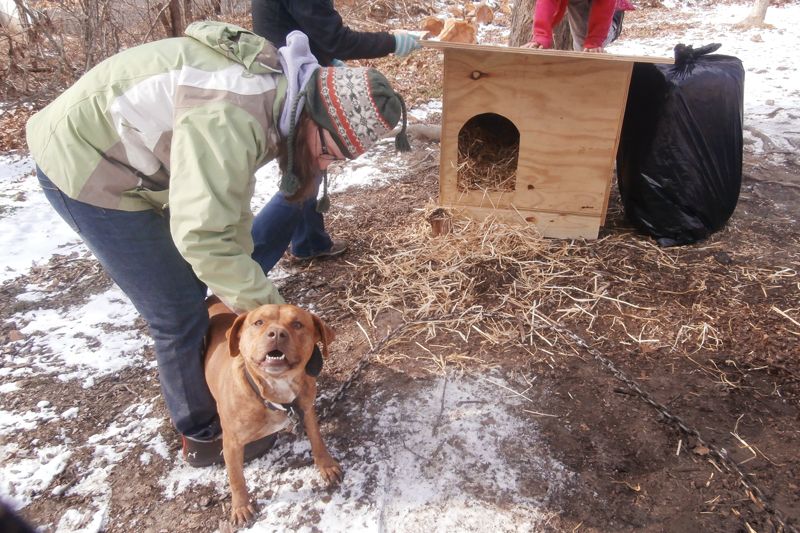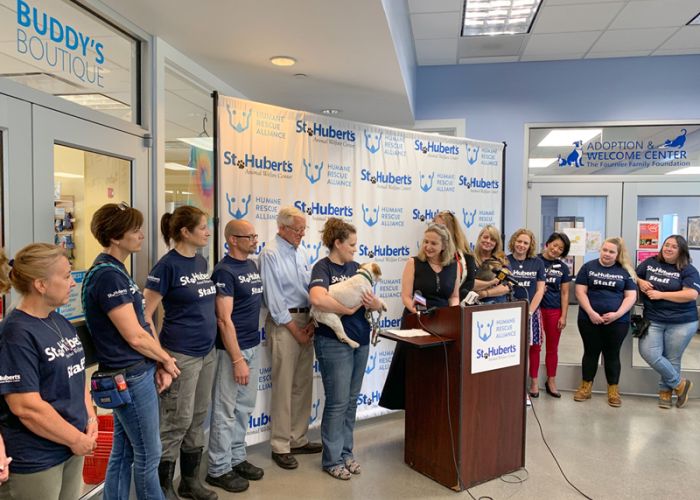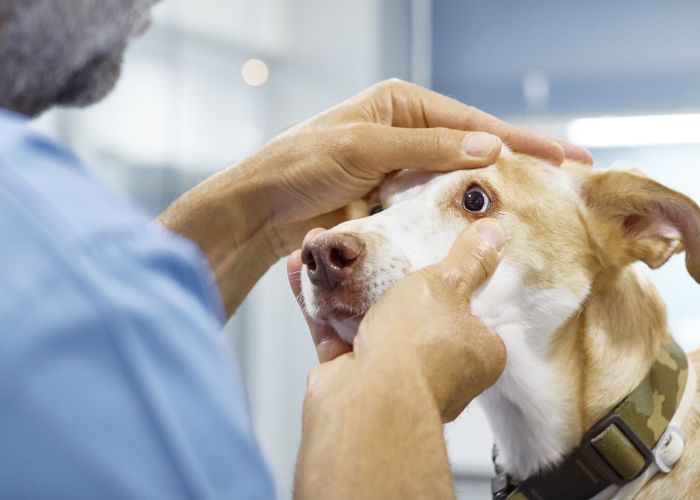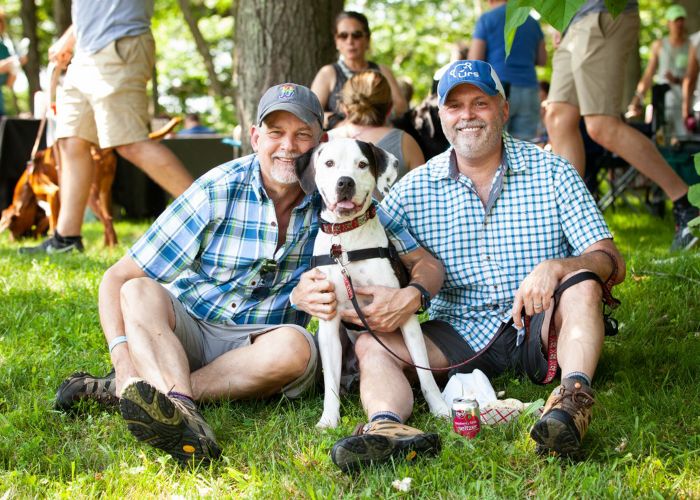Winter warmup
Shelters and rescue groups give people resources to help animals beat the cold

“There’s not going to be a cat who doesn’t have some kind of shelter for the winter.”
It’s a bold statement from Indianapolis animal advocate Lisa Tudor, but that’s how widespread efforts have become in her area to keep community cats warm, she says.
Tudor is the founder and director of IndyFeral, the community cat program for FACE Animal Clinic, which distributes free shelters to cat caretakers. Pharmaceutical companies and other groups donate Styrofoam coolers instead of throwing them out, and volunteers turn the coolers into cozy cat shelters by adding doors and filling them with straw bedding.
IndyFeral had always distributed community cat shelters in some form, but after it merged with FACE in 2012, the project really took off. Publicized mainly through Facebook, the project has generated a lot of enthusiasm, says Tudor. It has also increased public awareness of outdoor cats and their needs.
“Now everybody’s like, ‘You get that cat a cooler!’” she says. “Nobody likes the thought of an animal out there freezing.”
Outreach and All-Nighters
In many parts of the country, winter heralds the end of kitten and puppy season, but it ushers in a different challenge—keeping animals warm and protected from the elements.
People keep their pets outside for all different reasons, but it doesn’t mean they don’t care about them, says Amanda Arrington, director of the HSUS Pets for Life (PFL) program, which focuses on outreach to pet owners in low-income areas. In cold weather, PFL supports clients with tips about winter care and distributes doghouses, cat shelters, bedding and other supplies.
Owners who may not have had access to resources or information about the issue are grateful for the help, says Arrington.
Stacey Norris, co-president of Voices for Animals in Charlottesville, Va., echoes that sentiment. The group’s Houses of Wood and Straw (HOWS) Project provides doghouses and other supplies to owners of outdoor dogs, a mission that is especially important in the cold. Every Saturday from late October through March, even when a polar vortex hits, HOWS volunteers make deliveries and talk to pet owners about winter care.
Even when groups aren’t solely focused on caring for outdoor animals, they can still do their part to help in cold weather.
When an arctic blast threatened Pittsburgh one recent January, the Animal Rescue League Shelter & Wildlife Center (ARL) announced it would stay open all night to give animal control and law enforcement officers a place to bring animals who needed shelter from the cold. It would also take in outdoor pets who needed temporary housing.
“Our thought behind it was … if somebody is in good faith trying to enforce [laws], what are they supposed to do, take somebody’s dog home?” says Janice Barnard, ARL program director. “What if [the other dog] doesn’t get along with their dog?”
The shelter has stayed open overnight a few times since then when temperatures dipped extremely low, and it publicizes the service through Facebook and local media. It doesn’t take in an overwhelming number of animals (generally fewer than 10 each time), but the service does earn publicity and public support, Barnard says, and can be a lifesaver for individual animals.
The Human Connection
At the Humane Society of Indianapolis (IndyHumane), community outreach manager Heather Hamilton works with the Horizon House, a day shelter for homeless people, and the Indianapolis Metropolitan Police Department to help homeless people’s pets. The program operates year-round, but the need is greatest in the winter.
“The best thing we did was team up with [those] organizations,” Hamilton says.

During cold weather periods, Hamilton and her outreach team go out every couple of days to check on the pets and bring them blankets, bedding and other necessities, while Horizon House does the same for the people. On dangerously cold days, IndyHumane temporarily boards the pets at its shelter or at a partnering boarding facility, and Horizon House takes in the owners.
Sometimes, despite freezing temperatures, people don’t want to part with their companions, even for short periods of time. In those cases, IndyHumane does what it can to provide for the animals, even walking through woods and trudging up foothills of snow with doghouses on dollies.
It’s demanding work, but when those resources aren’t available, the consequences can be grim. A story about a homeless man in Oregon freezing to death because he wouldn’t go to a shelter that didn’t allow his dog spurred the Heartland Humane Society in Corvallis, Ore., to take action.
“We immediately contacted our local cold weather shelters and said if there’s ever any need for this assistance, please let us know,” says Emily James, Heartland’s resource development director.
People staying at inclement weather shelters can keep their pets at Heartland and pick them up when they leave the shelter, usually after about a week.
It is a natural extension of Heartland’s Emergency & Safe Housing program, which houses pets while their owners are staying at domestic violence shelters, hospitals and other facilities.
“I think as an industry we kind of try to keep our heads down and really think about ‘the animals, the animals, the animals,’” says James, “but I think also as an industry we are realizing there’s people connected to the animals, and we need to worry about them, too.”







